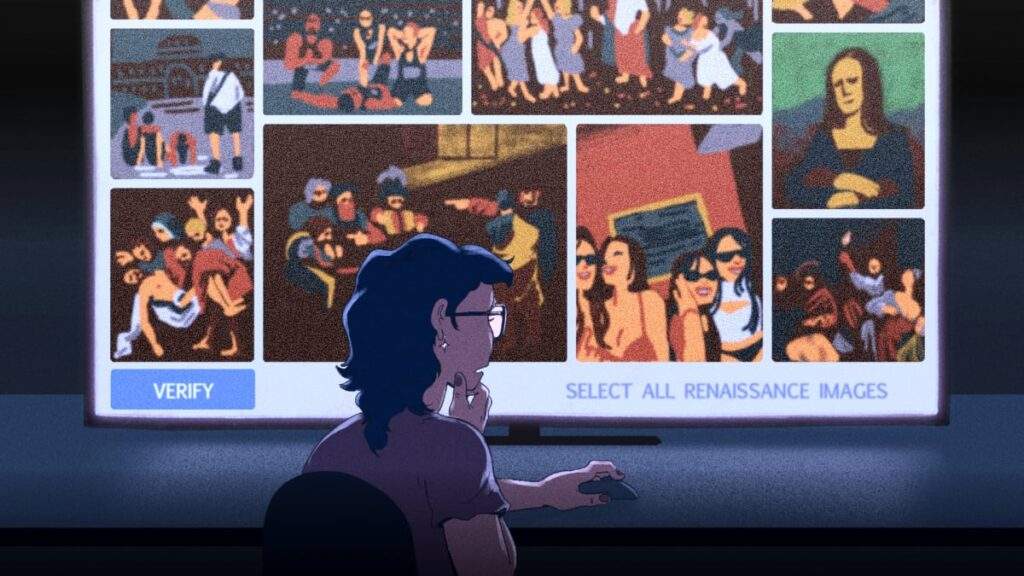The European cultural movement known as the Renaissance has become a ubiquitous meme on social media, with people using the term to describe images that share similarities with the works of 15th century Italian masters like Leonardo da Vinci, Raphael, and Michelangelo. But what exactly is behind this phenomenon, and what does it say about our relationship with art and history?
According to art historian and museum curator Matthias Wivel, the phenomenon of dubbing contemporary images as “Renaissance paintings” started with a chance discovery of an image from the Ukrainian parliament, which bore a striking resemblance to ancient Greek mathematical art theory. Users dubbed it “accidental Renaissance,” and the phrase stuck, changing the way we understood images online.
On Reddit, a community of over a million users belongs to the r/AccidentalRenaissance group, where people share images they believe resemble Renaissance paintings. While the community initially used the term to describe images that were decisively similar to Renaissance artworks, it has since evolved to encompass a broader definition.
In an interview with Mashable, Wivel notes that people use the term “Renaissance painting” as a shorthand for an image capturing a group of people who are compositionally interesting. He suggests that this phenomenon is due to the fact that people may not know much about art history, but they have heard of the Renaissance and associate it with classical painting.
Art historian Jerry Brotton from Queen Mary University of London also highlights the importance of the Last Supper as a reference point for people to understand the emotional and psychological aspects of Renaissance art. “Revelation, calmness, thoughtfulness, guilt, terror, horror, it’s all laid out there at a dinner table,” he says.
The trend has not been limited to art and history, but has also spread to popular culture and sports. At the 2024 Paris Olympics, many images of Olympians collapsed while crossing the finish line, pop stars dancing in ecstasy, and athletes showcasing sculpted bodies on display have been dubbed “Renaissance paintings.” This phenomenon has also spread to the sports world, with athletes like Emma Turner sharing photos of the men’s triathlon finish line on social media.
As the meme continues to evolve and spread, it raises questions about the intersection of art and technology, and how we use cultural references to make sense of the world around us. While some may view this phenomenon as a form of cultural homogenization or laziness, it also speaks to our inherent desire to connect with and appreciate beauty, whether it be in the classical sense or in a modern, digital context.
In the end, the “Accidental Renaissance” meme is not just about art history, but about how we use technology to reimagine and reinterpret cultural icons in a way that resonates with us. It’s a testament to our shared desire for beauty, our ability to adapt and create new meanings, and our love for sharing and connecting with each other.
